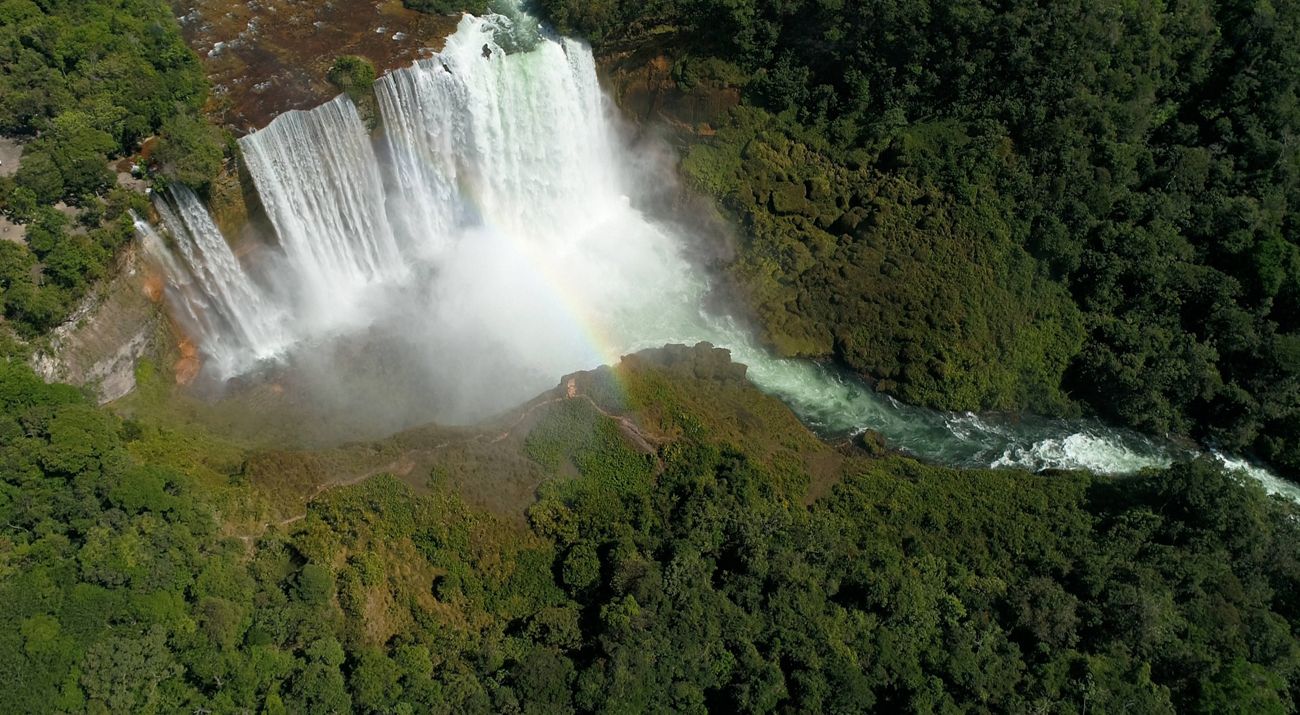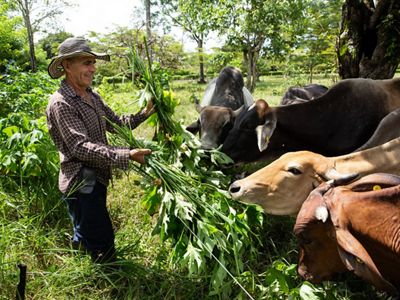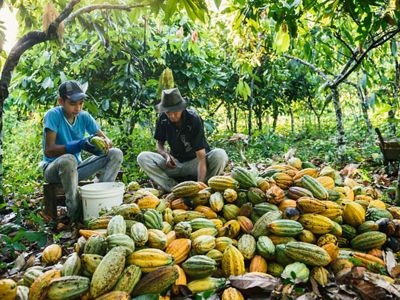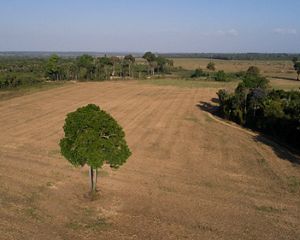
Key Takeaways
The IPCC’s latest report demonstrates how much land-use sectors contribute to climate change—and how vulnerable those sectors are.
Latin America is rich in natural resources, but its countries will have to rethink their agriculture, forestry and other sectors to reduce emissions.
But change doesn’t mean halting economic development—more sustainable practices can reduce emissions and improve food security while sustaining the economy.
On August 8, the Intergovernmental Panel on Climate Change (IPCC) published a report on the link between climate change and the earth's surface. The message from more than 100 scientists from 53 countries was loud and clear: we must introduce radical changes in the way we produce our food and manage our forests if we want to be able to feed the 10 billion people that will inhabit our planet by 2050.
Climate change has already affected our available sources of food and water with higher incidence of droughts, fires, changes in rainfall patterns and the increased frequency of extreme weather events. The IPCC report forecasts that these risks may become even more severe if temperatures continues to rise, and will result in plummeting agricultural yields, increased food prices, reduced nutritional value of crops and severely disrupted food supply chains.
This report expands on the larger one that the IPCC published last October in which it warned that we only have 11 years to reduce greenhouse gas (GHG) emissions, the cause of global warming, to stabilize temperature to 1.5º and thus avoid catastrophic consequences for the planet and humanity. Traditionally, the transportation and electricity sectors have been the focus of attention as they are the most important sources of GHG emissions.
However, until now, the contribution of almost a quarter of these emissions from agricultural production and deforestation had been overlooked. Industrial agriculture uses a third of the earth’s non-frozen land area and almost two-thirds of global water resources. Monocultures, such as soybeans, used for both animal feed and energy generation, are ravaging forests, which are natural carbon sinks. These and other agricultural practices are degrading soils, which are lost 10 to 100 times faster than the rate at which they regenerate. Desertification and degradation of ecosystems due to agricultural production alone account for forest loss equivalent to an area the size of Sri Lanka each year. Hence the call of the IPCC to profoundly and urgently transform the way we use the soil, and its emphasis on the need to change our diets by reducing meat consumption, since livestock production is one of the most important sources of GHG emissions in the agricultural sector.
Latin America is particularly vulnerable to the impacts of climate change as it is a region rich in natural resources. It houses 25 percent of the Earth’s forests and arable land, as well as more than 30 percent of the world's water resources. For many countries in the region, especially in South America, a significant proportion of their emissions (between 35 percent and up to 60 percent) come from the agricultural, forestry and land use sectors. Fulfilling their Paris Agreement commitments will require these countries to take action in these sectors.

While compliance with these commitments is often perceived as a call to halt economic development that depends on natural resources, the new IPCC appeal actually represents an opportunity for Latin America to become a global leader in the crucial transformation towards sustainable land use. A study led by The Nature Conservancy (TNC) shows that protecting nature itself is an untapped solution that can reduce the 30 percent of GHG emissions needed to stabilize the planetary temperature to less than 2°C.
In Argentina, Brazil, Chile, Colombia, Mexico, Peru and several Central American countries, TNC has been implementing nature-based solutions for decades. A promising case in point comes from work TNC is supporting in Colombia, a cattle-producing nation emerging from decades of armed conflict and is concentrating its efforts in rural areas by offering productive options that are both economically and environmentally viable. Cattle ranching can be hard on the land, the water and the atmosphere, but it doesn't have to be that way. TNC and its Colombian partners are promoting sustainable ranching at the largest scale ever done in Latin America.
Nearly 4,000 farmers, mainly owners of small plots in areas of high biodiversity and low income levels, are adopting sustainable practices that protect critical habitats while increasing production, profits and climate resilience. These proven practices incorporate trees in various arrangements such as: silvopastoral systems, forage banks and living fences that include native species that provide wildlife refuge and better income for producers. The results have been impressive: Milk and meat production have increased by 17 percent and GHG emissions have decreased by one million tons of CO₂ (equivalent to removing 214,000 cars off the road for a year).

In Chiapas, Mexico, a region where enormous biological wealth contrasts with alarming levels of poverty and deforestation, dairy farmers who incorporated sustainable practices saw their milk production increase between 25 percent and 45 percent over a period of three years, while methane emissions decreased by almost a third. These practices have not only raised production and profits, but have also helped conserve critical natural habitats in Mexico’s second most biodiverse state.
In São Félix do Xingu, a municipality in the southeastern of the Brazilian Amazon, TNC is promoting sustainable ranching in medium and large rural properties, combining livestock production with soil restoration and reforestation of riparian forests. In smaller properties, degraded lands are being revitalized with productive cocoa-based agroforestry systems. Cocoa is a profitable crop that thrives in the shade of bananas, hardwoods and other native tress, allowing farmers to reforest degraded land with crops, increasing food security and income sources. Together, by 2030, these initiatives will capture approximately 280 million tons of carbon dioxide from the atmosphere over 30 years—the equivalent of the emissions of more than 55 million cars—and fulfill 10 percent of Brazil’s reforestation goal under the Paris Agreement.
Today, the IPCC's call to transform the way we use land requires that governments, companies, banks and civil society take these solutions to scale. Nature is the solution that, together with clean energy, will help stabilize our planet’s temperature. It is also the solution to create a more resilient food system, ensuring the well-being for a growing population and for the most vulnerable sectors of society.
Originally published in Forbes Mexico
August 16, 2019
View Original
Global Insights
Check out our latest thinking and real-world solutions to some of the most complex challenges facing people and the planet today.

